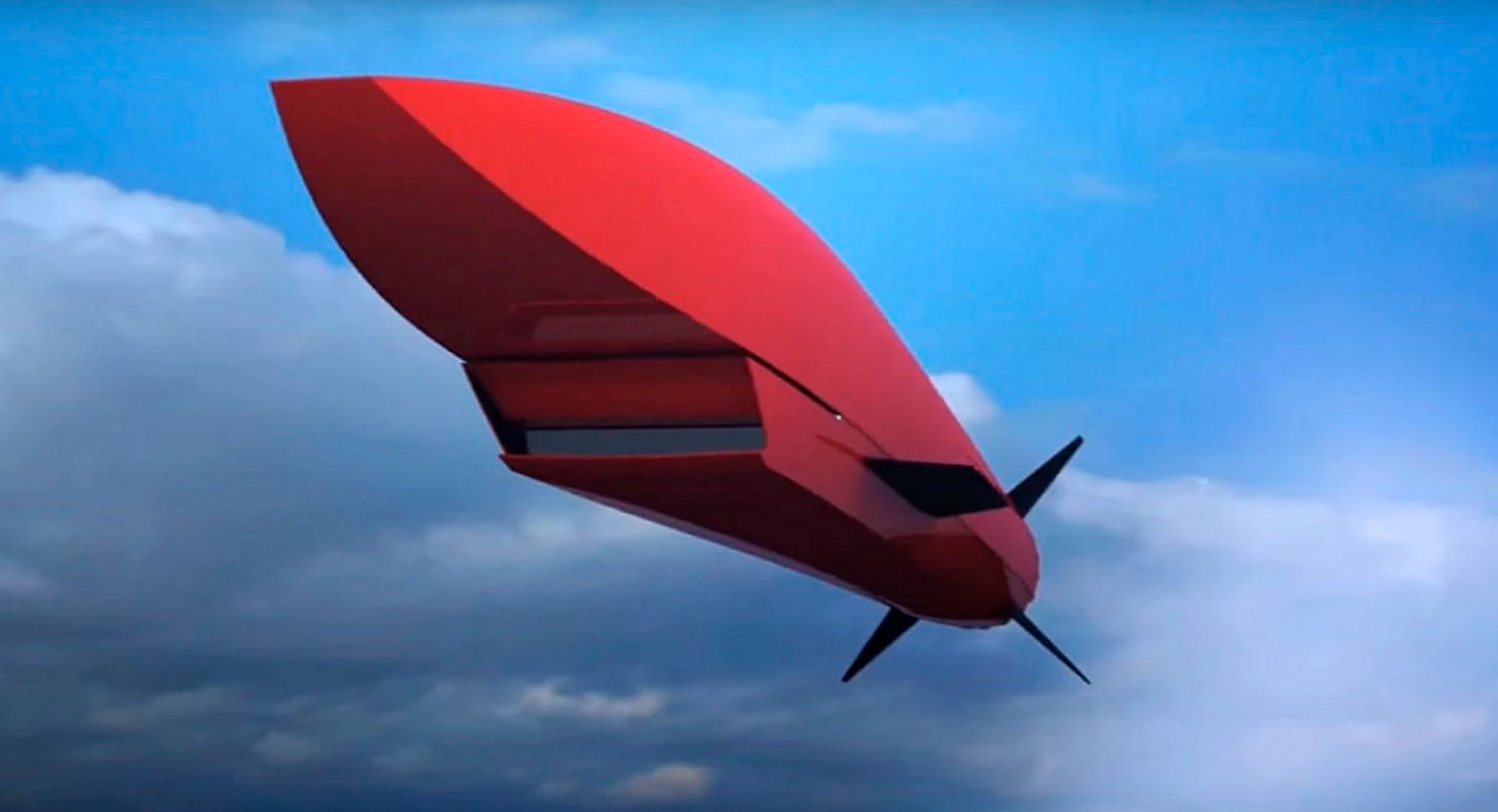La US Air Force ha presentado una convocatoria a la industria de ese país, con la denominación “Future Hypersonics Program”, para seleccionar la empresa que sea capaz de desarrollar, integrar y producir, un misil de crucero hipersónico del tipo HCM (Hypersonic Cruisse Missile), para ser lanzado desde las más modernas plataformas aéreas de combate en servicio.
EGLIN AIR FORCE BASE, Fla. – U.S. Air Force hypersonic weapons experts are surveying industry for companies able to design an aircraft-launched hypersonic cruise missile within the next 17 months.
Officials of the Air Force Armament Directorate at Eglin Air Force Base, Fla., issued a source-sought notice (FA8682-20-R-0008) this week for the Future Hypersonics Program. Hypersonic missiles travel through the air at speeds of at least Mach 5, or 3,836 miles per hour.
The Air Force wants companies to identify themselves if they can integrate a Weapon Open System Architecture (WOSA)-based, solid-rocket boosted, air-breathing, hypersonic conventional cruise missile that can be launched from existing fighter or bomber aircraft.
This future hypersonic cruise missile should be ready for preliminary design review (PDR) no later than late September 2021. PDR establishes a design baseline to ensure a system is operationally effective.
This design phase happens before the start of detailed design work gives the Air Force an opportunity to closely observe the designer’s hardware and software design closely to ensure that the system has a reasonable expectation of satisfying Air Force requirements on budget and on schedule.
Hypersonic munitions are among the highest priorities of the U.S. Department of Defense (DOD) because of their ability to attack high-value mobile targets like surface warships, relocatable missile launchers, and strategic command posts.
The Future Hypersonics Program for an air-launched munition involves digital- and model-based engineering for planning, qualification, component and subsystem testing, manufacturing, and sustainment.
Companies responding should have experience in ramjet, scramjet, or dual-mode sustained air-breathing hypersonic propulsion; stable hypersonic aerodynamics; aero-thermal protection systems; solid-rocket motors; warhead and missile integration; advanced hypersonic guidance, navigation, control, and communications; and jet fighter and bomber weapon integration.
Air Force officials will use responses from this sources-sought notice to determine if they should issue a future solicitation as a full and open competition, as a set-aside for small business, or any particular small business program.
The Lockheed Martin Missiles and Fire Control segment in Orlando, Fla., and the Raytheon Technologies Corp. Missiles & Defense segment in Tucson, Ariz., are some of the few U.S. prime systems integrators able to design a hypersonic cruise missile. Lockheed Martin, for example, is in charge of the Air Force’s hypersonic Air-Launched Rapid Response Weapon (ARRW) project.


